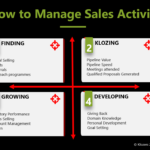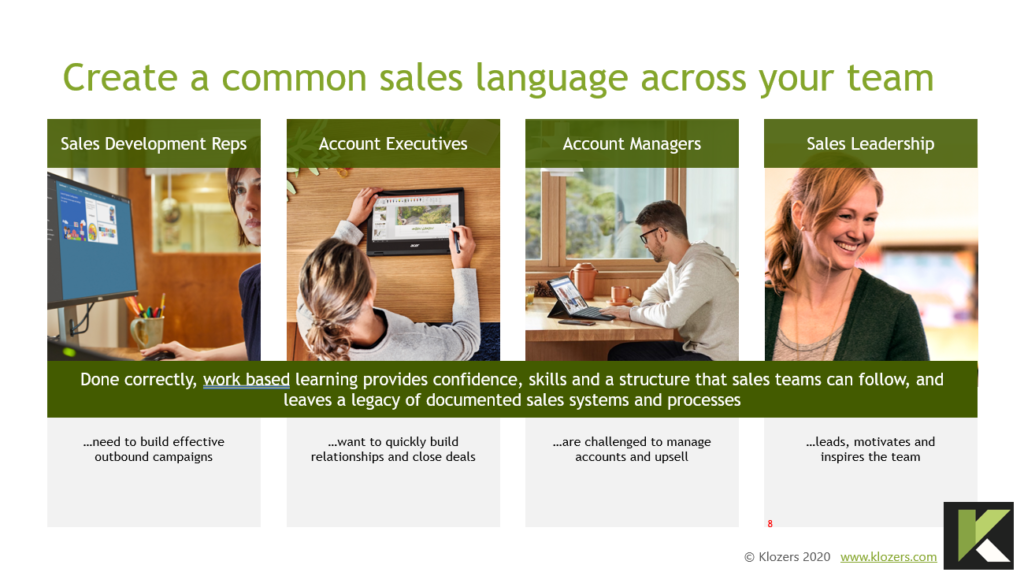When managing sales activity goes wrong?
There are many reasons arguably more important than missed sales targets and revenue for investing the time and energy to manage the sales activity of your team.
a) Culture and staff morale
There are two extremes of management that have a hugely negative impact on staff morale and the culture of your business. The first is a hands off approach where the sales team are largely held unaccountable to their activity targets and are in effect coasting. This creates a culture of what we call “satisfactory underperformance” where everyone thinks “why should I care”, “I get paid no matter what”, “Fred gets away with murder so I can too”.
The second is micro-management where the sales team are held back as management simply don’t trust them both in the way they execute the activity and their ability or motivation to complete the activity. The lack of trust manifests itself with management spending all their time checking up on the sales teams activity and after a short period of this the salespeople quickly respond by doing nothing without first asking for permission from their sales manager.
Neither of these scenarios are positive and create a culture and team morale that breeds success. In fact in most cases these management styles are the start of a ever decreasing downward spiral that requires wholesale changes to stop the decline.
b) Longevity of tenure
Salespeople want to be successful, they want to sell and hit their targets and when this isn’t happening the best sales reps will leave for pastures new.
What cripples the business is not just that the best sales reps leave, and the revenue that they have been generating dries up, it’s that the under-performing reps all stay.
For obvious reasons, this is exactly the opposite of what any sales leadership team would be hoping for and sets the company back even further.
Furthermore, finding and hiring new salespeople becomes more difficult as word quickly spreads in any industry and the best sales reps will simply be more difficult and expensive to attract.
c) Data & Insights
Someone described data as the new oil. Perhaps what’s more valuable than the data is the insights that can come from being able to understand and interpret the data and then execute on it.
Unfortunately if you are poorly managing the data and cannot understand what the data is telling you, then you will at best simply carry on blindly, and at worse, take action on the wrong things.
Managing sales activity is not just a science, you also need a deep understanding of human behaviour. By focusing and managing on one positive activity you can often create a negative activity.
The simplest example of this is by managing reps on the number of quotations or proposals they generate. You will then find the qualification criteria for anyone receiving a proposal will drop and subsequently sales will be negatively impacted.










